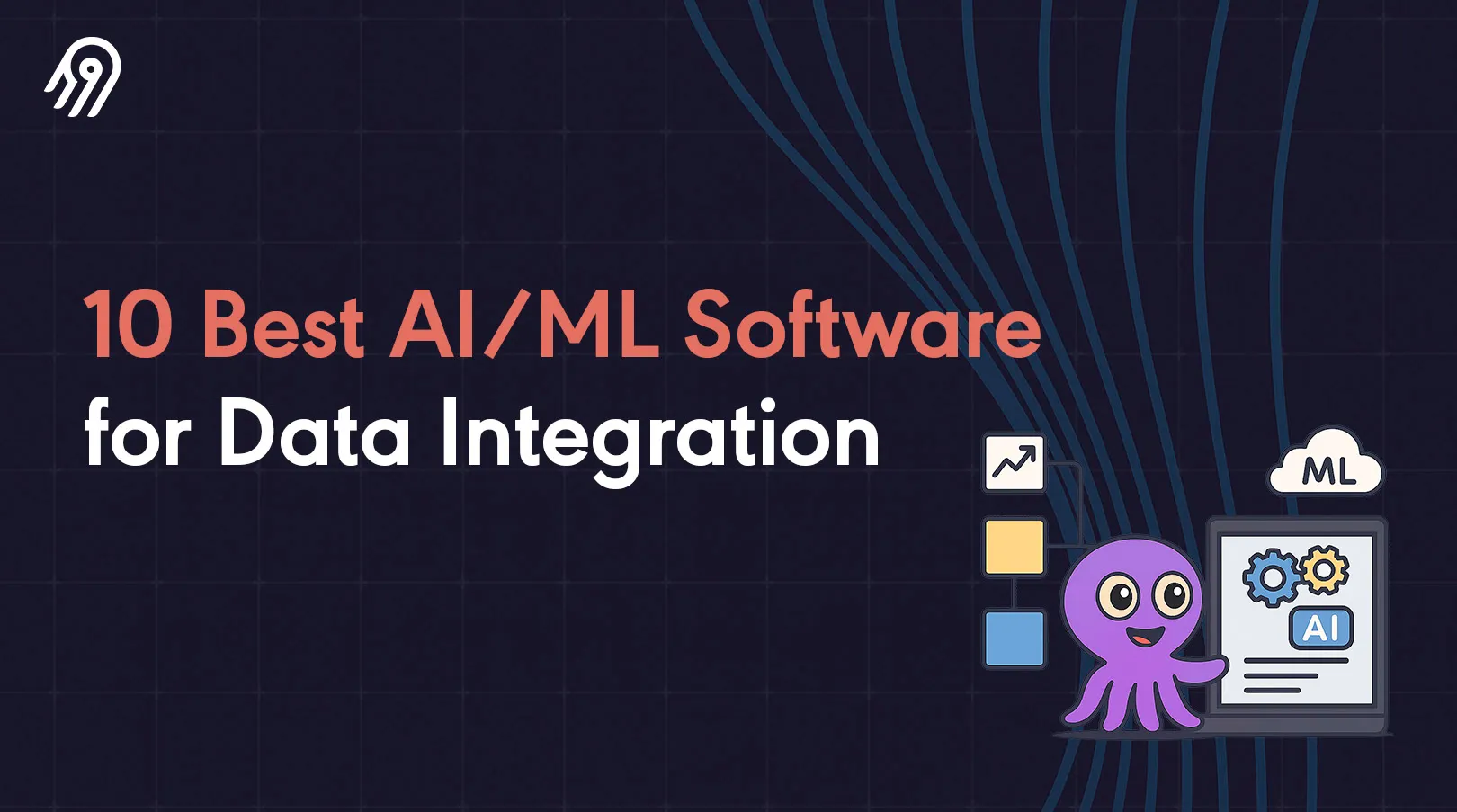10 Best AI/ML Software for Data Integration
Summarize this article with:
✨ AI Generated Summary
AI and machine learning are transforming data integration by automating tasks such as anomaly detection, schema evolution, and pipeline optimization, enhancing efficiency and data quality. The top 10 AI/ML-enabled platforms—like Airbyte, StreamSets, AWS Glue, and IBM DataStage—offer features including generative AI, real-time monitoring, and self-healing workflows, catering to diverse deployment needs and user expertise.
- Key benefits: automated data prep, intelligent error handling, real-time anomaly detection, and resource optimization.
- Platforms vary in deployment (cloud, hybrid, on-prem), user-friendliness, and AI capabilities, supporting both batch and streaming data.
- Choosing the right tool depends on AI/ML features, ecosystem compatibility, scalability, monitoring, and vendor transparency.
The data movement infrastructure for the modern data teams.
Try a 30-day free trial

.webp)
